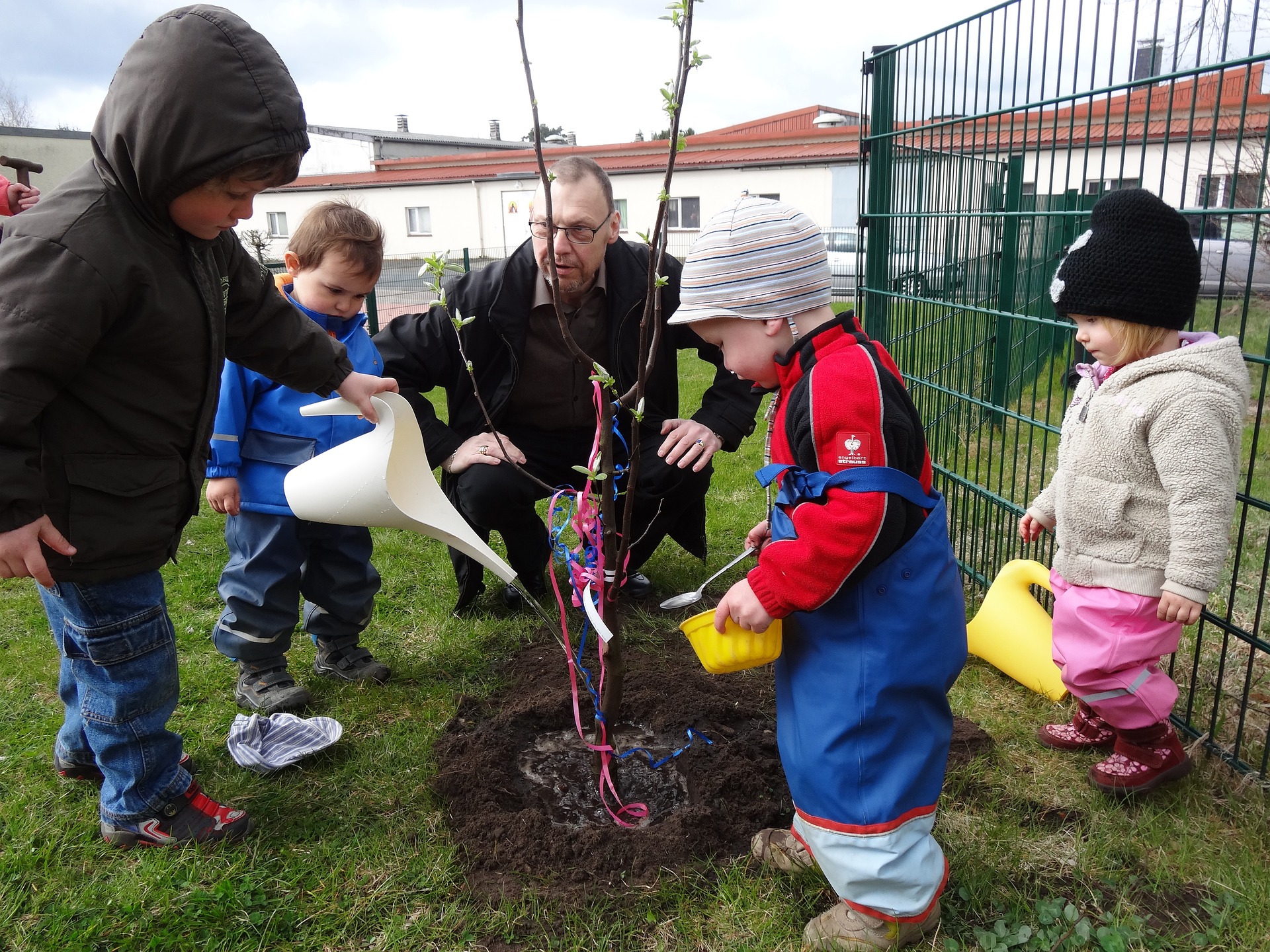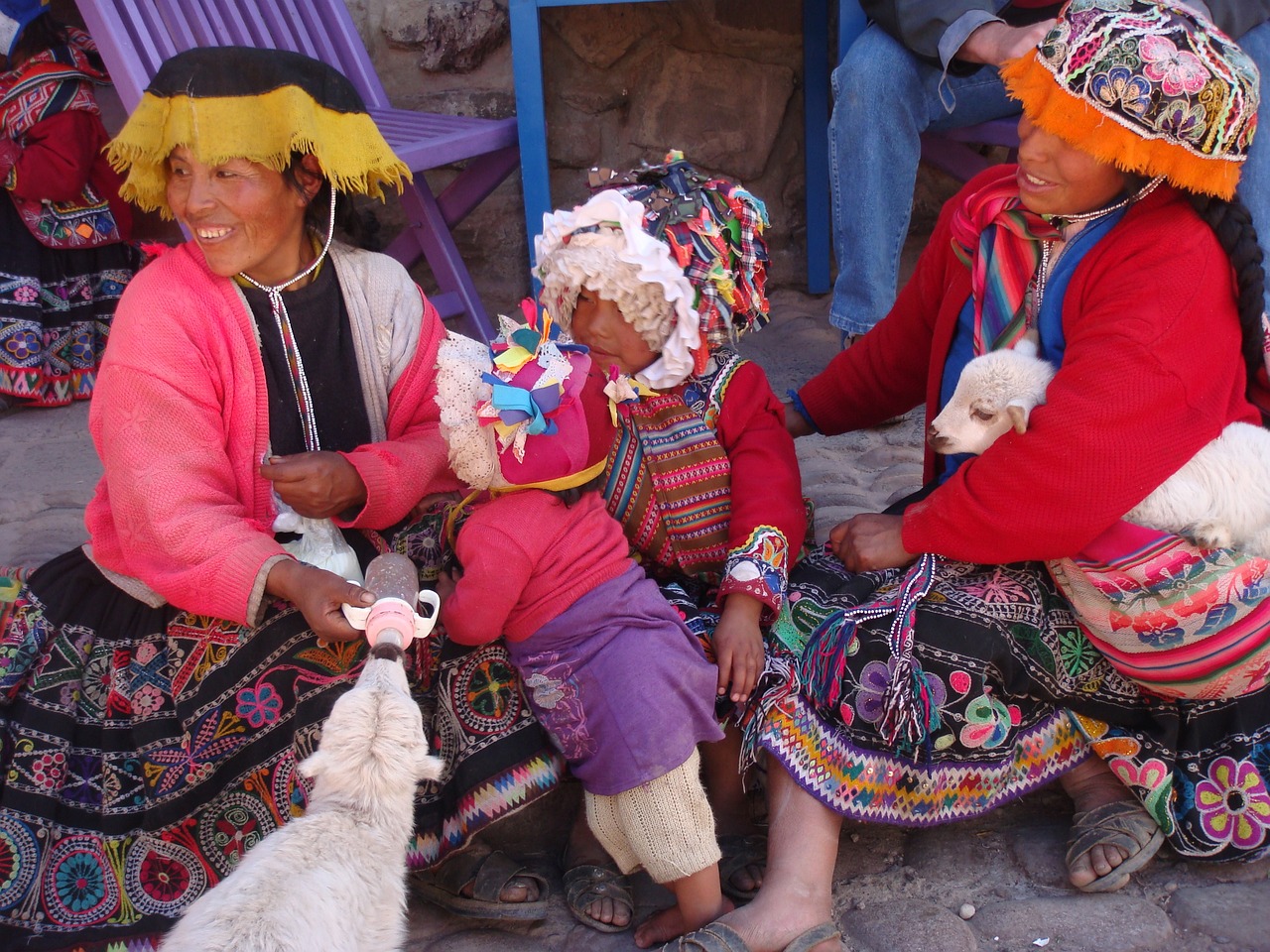Teaching and Learning Approaches
Teaching and learning approaches to the curriculum areas

The holistic approach to Early Years describes how all of the Cambridge Early Years curriculum areas are equally important and interconnected. It is therefore recommended that the content from these areas is taught in an interconnected and holistic manner. The following information will however support you to consider the teaching and learning approaches that are specific to each curriculum area.
Understanding the World
Scientific thinking
You should use children’s experiences and observations as a basis for developing their understanding of the world around them. This is especially important with the ‘Scientific thinking’ content, where introducing concepts that children are not developmentally ready to understand can cause misconceptions that affect later learning.

You also need to support children’s development of scientific thinking through a range of active learning activities that include:
- asking questions about the world around them, and talking about how to find answers. For example, on a nature walk, exploring questions which children generate themselves prompted by their own finds and observations, such as ‘Are leaves always green?’, ‘Are all petals the same shape?’.
- sorting and grouping objects, materials and living things based on observations of the similarities and differences between them. For example, sorting toys according to how they move or the materials they are made from.
- observing and exploring, including using given resources appropriately and safely. For example, using a magnifying glass on a nature walk to look closely at the characteristics of the insects and other small animals that they find.
- collect and record observations and/or measurements by annotating images and completing simple tables. For example, measuring the height of a plant grown from a seed daily, using non-standard units such as interlocking cubes, and recording the measurements in a table.
- making predictions about what they think will happen based on experiences. For example, using senses to predict what is hidden in a covered container.
- describing what happened and whether the outcome matched their predictions. For example, saying whether they correctly predicted the object hidden in a covered container.
Digital technology
For the ‘Digital technology’ part of this curriculum area, you should provide opportunities for children to use digital technologies as a tool, rather than just as a replacement for human interactions. You might use it to record information, to research a topic, or to find answers to questions.
When planning activities, you will need to consider the availability of digital technology in your context and each child’s differing experiences of digital technology at home. Digital technologies can be a useful element of your whole learning environment, but you should not overuse technology. It should only be used when there is clear added value for your learners. To make best use of digital technologies in your setting, develop your awareness of a range of digital technologies and consider carefully how and why they can support your children’s learning.
People, Time and Place
The ‘People, Time and Place’ part of this curriculum area includes children sharing their home experiences, for example:
- who they live with
- the pets they have
- how they celebrate festivals
- what foods they like to eat.
This sharing will lead to comparisons between their own and others' background. Therefore, it is particularly important that you consider individual circumstances and potential sensitivities when planning activities, for example, differences in who children see as their immediate family, and children not feeling comfortable talking about relatives who are ill or who have died. It is also crucial to guide children in talking positively about the differences between themselves and others – and in thinking about similarities as well as differences. Your modelling of positive discussion will be very valuable for this. Remember to also introduce examples that may not be part of the lived experiences of children at your setting, to extend their understanding of the wider world.

Consider also how you can bring learning to life through:
- inviting visitors to the setting
- having meaningful role-play areas
- celebrating cultural activity and taking part in festivals that are relevant to the children in your setting.